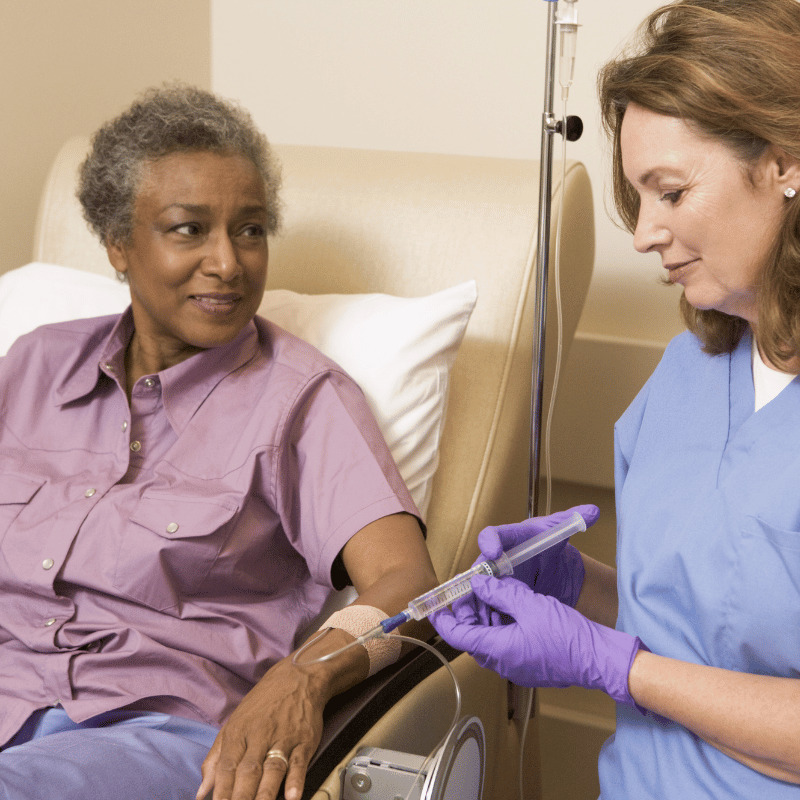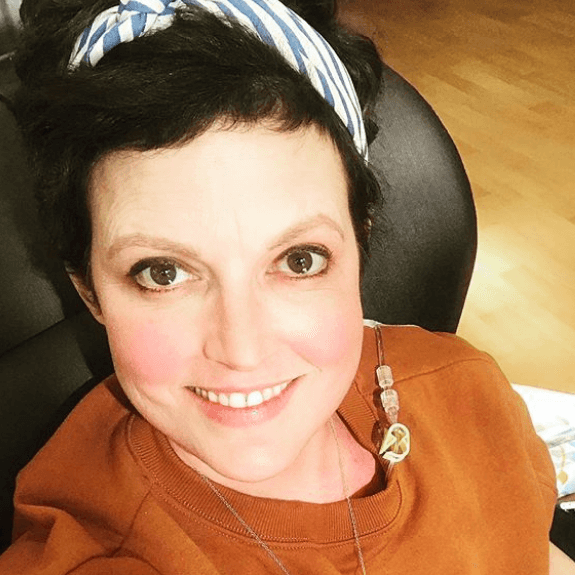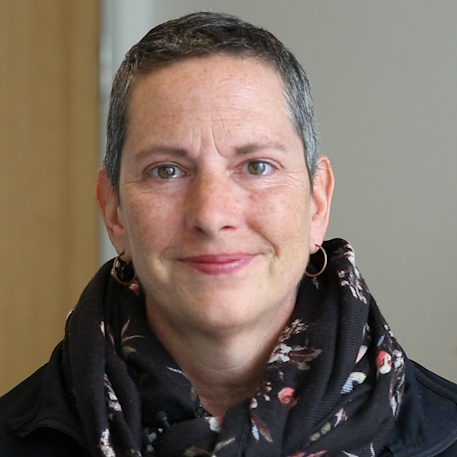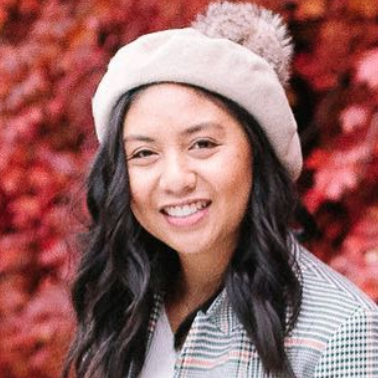TCHP Chemo: Early-Stage Breast Cancer Treatment
TCHP is a chemotherapy regimen used in the treatment of early-stage HER2+ breast cancer. Triple positive patients may also undergo this treatment protocol.
TCHP chemo is often given with the goal of curing you and as either neoadjuvant or adjuvant therapy in tandem with surgery. It’s administered either before surgery (neoadjuvant therapy) to shrink the size of the tumor, or after surgery (adjuvant therapy) to kill any cancer cells that may be still present in the body.
Read on for more information about TCHP, its administration, side effects, and more.
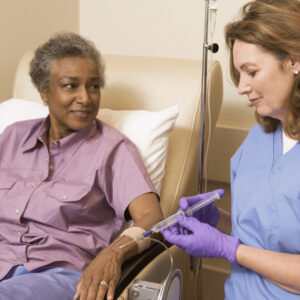
- What are the medications involved in TCHP chemo?
- How is TCHP chemo administered?
- What can I expect at a TCHP infusion?
- What are the signs of allergic reaction to TCHP?
- What are the possible side effects from TCHP chemo?
- Will I lose my hair on TCHP?
- How long does TCHP treatment last?
- What advice do other patients have about TCHP?
- More TCHP Stories
What are the medications involved in TCHP chemo?
- T – Taxotere® (docetaxel)
- C – Carboplatin
- H – Herceptin® (trastuzumab)
- P – Perjeta® (Pertuzumab)
That is the TCHP regimen. It’s also very common to receive fluids, anti-nausea medications, as well as antihistamines like Benadryl before infusions. Your doctors and nurses will always tell you what they’re giving you. Always feel free to ask questions.
How is TCHP chemo administered?
- You’ll go to an infusion center to get your infusions. TCHP chemo is much more often than not an outpatient treatment. According to MD Anderson, there are four ways chemo can be administered:
- A peripheral IV line (PIV, or just “IV”) is a short catheter that’s typically placed in the forearm. It starts and ends in the arm itself. This is what you probably think of when you think of someone getting fluids.
- A PICC line is longer than an IV, and it’s generally placed in the upper arm. Its tip ends in the largest vein of the body, which is why it’s considered a central line. PICC stands for “peripherally inserted central-line catheter.”
- A CVC is the same as a PICC line, except it’s placed in the chest or neck. CVC stands for “central venous catheter.”
- A port is a catheter that’s implanted surgically under the skin on the chest. It’s another type of central line.
Most commonly, TCHP is administered through a port. Be sure to discuss your infusion options with your doctor based on your needs. lifestyle, and concerns.
What can I expect at a TCHP infusion?
- You’ll arrive at your infusion center and check in
- Depending on how busy it is, you may have to wait. Many patients suggest bringing a book, laptop or something else to keep you entertained both for any potential waiting time and for during the actual infusion itself.
- Depending on how busy it is, you may have to wait. Many patients suggest bringing a book, laptop or something else to keep you entertained both for any potential waiting time and for during the actual infusion itself.
- You’ll see a doctor or nurse
- They’ll probably ask you how you have been feeling and maybe go over your blood work with you. If it’s your first infusion especially, feel free to ask any lingering questions you may have.
- They’ll probably ask you how you have been feeling and maybe go over your blood work with you. If it’s your first infusion especially, feel free to ask any lingering questions you may have.
- Your infusion will begin
- First, you’ll get docetaxel infused over 60 minutes
- Then you’ll receive carboplatin over 30 minutes
- Next you’ll have trastuzumab over 90 minutes (for Cycle 1)
- For Cycle 2, you’ll have it over 60 minutes
- For Cycle 3 and on, you’ll have it over 30 minutes if tolerated
- You’ll end with pertuzumab over 60 minutes (for Cycle 1)
- For Cycle 2 and on, you’ll have it over 30 minutes
- For Cycle 2 and on, you’ll have it over 30 minutes
- Your infusion is over
- You’ll probably have to stay another 30 to 60 minutes for observation after your infusion.
You can count on it taking about 7 hours in total infusion time for Cycle 1, and about 4 hours for the following cycles. This varies by doctor, nurse, and how well each individual tolerates each medication.
Keep in mind if you’re getting fluids, anti-nausea, etc., that will add to your total time. Wait time before and after infusions will also vary depending on the size of your treatment center and how many patients are getting infusions that day.
What are the signs of allergic reaction to TCHP?
As with any drug, there is the risk for allergic reaction. Be sure to tell your doctor if you experience any potential signs of allergic reaction during your infusion. These signs include, but are not limited to:
- rashes
- hives
- itching
- runny or stuffy nose
- watery, itchy, red eyes
- swelling of the face, eyes, or tongue
- difficulty swallowing wheezing or
- difficulty breathing
- cramps
- nausea and/or vomiting
- dizziness or fainting
Whether you think you’re having an allergic reaction or not, you should always bring up any sensations to a nurse or doctor. If something is too uncomfortable during infusions, they can sometimes adjust your dosage or even stop a medication altogether, depending on your situation. It’s always better to say something.
What are the possible side effects from TCHP chemo?
- nausea
- hair loss (more below)
- fatigue
- constipation
- diarrhea
- “chemo brain”
- loss of taste
- sore throat or mouth sores
- low white and/or red blood cells
To help with these side effects of TCHP, many patients and doctors recommend:
- Allowing yourself to rest both mentally and physically
- Walking around if you feel like it – light exercise can do wonders (Always check with your doctor first!)
- Drinking plenty of water
- Following any dietary instructions given by your doctor
- Holistic treatments in conjunction with chemotherapy
- Finding a support system
Will I lose my hair on TCHP?
More than likely, yes. There are options like cold caps, but most patients who undergo TCHP lose their hair. It may start to fall out anywhere from a week before or shortly after your second treatment.
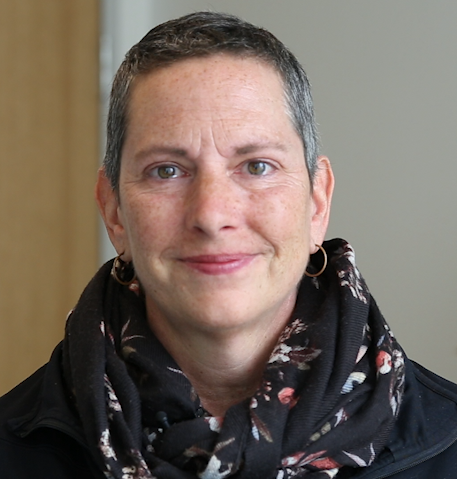
“That first week I had my hair in a ponytail and then I brushed it a little bit. Second week, my hair started to fall out in the brush, so I stopped brushing it. Put it up into a hair tie.
I’d wake up and there’d be clumps of hair in my bed. Then I’m like maybe if I don’t touch it it won’t fall out. At a certain point it looked horrible, so I just decided to shave it.”
Doreen DiSalvo | See her Stage 2A IDC Triple-Positive Breast Cancer Story
You may also lose your eyebrows and eyelashes.
When your hair begins to fall out, depending on your viewpoint, it may be traumatic for you. Remember that it’s okay to feel sad about it. It’s part of you.
Many patients TPS has talked to feel a sense of empowerment or even relief from shaving their heads when it starts to fall out. It can give you a sense of control in an otherwise helpless situation. Others let it fall out on its own. Both are totally acceptable. Just be careful that it doesn’t get matted, which can be uncomfortable.
How long does TCHP treatment last?
TCHP is typically administered once every 21 days with infusions only on Day 1. This means every infusion day starts a new 21-day cycle. Generally, all four drugs are given on Day 1 and on Day 1 only. You can repeat this up to 6 times depending on what your doctor thinks is best. This means your TCHP treatment could take up to 5-6 months.
Each cycle looks something like this:
- Day before infusion – You’ll probably go in to get blood work done to make sure white blood cell counts are in an acceptable range.
- Day 1 is the first day of your cycle – This is your first round or infusion of chemo. It can last anywhere from 4-7 hours to all day, depending on your wait time, infusion center size, how your body responds to the medication, and other factors.
- Rest – TCHP patients usually get three weeks off between infusions to recover. You’ll probably start to feel a little better around Week 2 or 3 for each cycle.
- Start a new cycle – Your next infusion day ends your previous cycles and begins the new one.
This means you can count about 3 weeks or so for each cycle of TCHP. You may have to pause if your counts drop too low, but it’s a good thing to wait for them to come back up. Generally, though, 1 cycle of TCHP = ~3 weeks.
What advice do other patients have about TCHP?
“Use all the things. Anything that’s been suggested in terms of free services or trying things out, try everything. See if it fits for you. Don’t just listen to people. I think you have to make your own decisions. And cry at will.
I don’t care about a lot of stuff anymore. Not as important. Like, eh. I eat what I want. I drink what I want. I’m not worried about those things yet.”
“It’s going to be hard, but know that you’ve got to listen to your body, and let it recover. It’s going to take time, and it took me three years to get to where I am, and I still struggle day to day. But just know that there are good things that happen along the way.
As crappy as cancer is, there are good things that happen. I found friendships that I never ever thought I would ever have come across if it wasn’t for cancer, or really found the people that really care about me, and are really there for me.”
More TCHP Stories
Alison R., Partially Differentiated DCIS, Stage 4 Metastatic
Symptom: Lump in underarm/breast
Treatments: Chemotherapy, surgery, radiation, targeted therapy
...
Doreen D., IDC, Stage 2A, Triple Positive
Cancer details: IDC is most common kind of breast cancer. Triple positive = positive for HER2, estrogen receptor (ER), progesterone receptor (PR)
1st Symptoms: Lump in left breast
Treatment: Neoadjuvant chemotherapy (TCHP), lumpectomy, radiation
...
Rach D., IDC, Stage 2, Triple Positive
Symptom: Lump in right breast
Treatments: Neoadjuvant chemotherapy, double mastectomy, targeted therapy, hormone therapy
...
